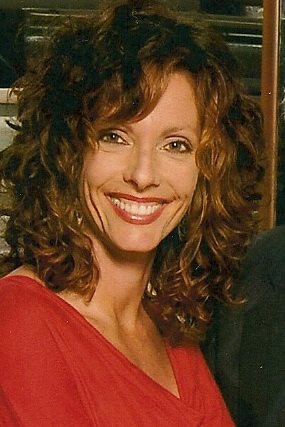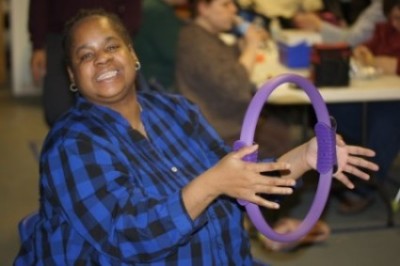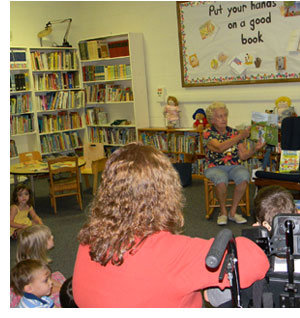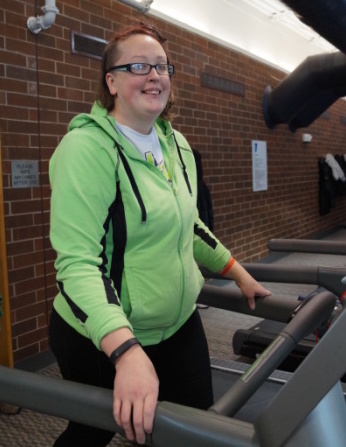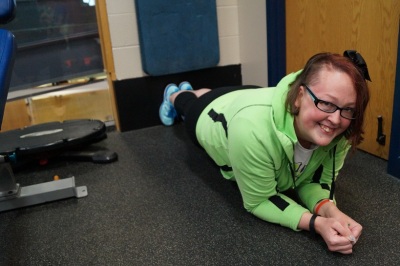by Col. David Sutherland
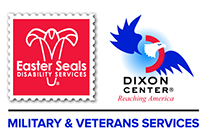 Since our start in 2012 with the support of founding partner Prudential, Easter Seals Dixon Center and Easter Seals Military and Veterans Services work around-the-clock to assist veterans and military families with the solutions they need to live productive, successful lives in their communities.
Since our start in 2012 with the support of founding partner Prudential, Easter Seals Dixon Center and Easter Seals Military and Veterans Services work around-the-clock to assist veterans and military families with the solutions they need to live productive, successful lives in their communities.
Last year we worked with nearly 165,000 vets and military families. We’re looking to top that in 2015. Here are seven shining examples of how we are supporting veterans and military families right now.
1. Caring for Caregivers
Through a contract with the Department of Veterans Affairs, partnerships with the Elizabeth Dole Foundation and the USO and a grant from Newman’s Own Foundation, we expect to train more than 15,000 in 2015 caregivers on important skills such as self-care, home safety, veteran personal care, and managing difficult behaviors.
We also post the videos and downloadable resources from our bimonthly webinar series for military caregivers on easterseals.com/carewebinar.
2. Hotline Help
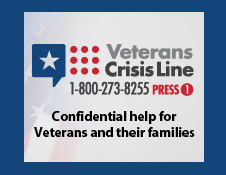 Full-time staffers manage Community OneSourceSM, a dedicated toll-free number and email where veterans and military families can request benefits information, assistance basic financial, health/well-being and education services, and resources for everything from legal aid to housing to caregiving. Our staff connects these individuals to the right resources and follows up to ensure that viable options have been found. Need a hand? Call 866-423-4981 or email us at veterans@easterseals.com.
Full-time staffers manage Community OneSourceSM, a dedicated toll-free number and email where veterans and military families can request benefits information, assistance basic financial, health/well-being and education services, and resources for everything from legal aid to housing to caregiving. Our staff connects these individuals to the right resources and follows up to ensure that viable options have been found. Need a hand? Call 866-423-4981 or email us at veterans@easterseals.com.
3. Influencing the Influencers
Our Washington, DC-based government relations team works to influence federal and state legislation affecting veterans and military families. The new 114th Congress convening this month includes 60 new members and leadership changes on key committees (Armed Services, Veterans Affairs, and Appropriations) that govern policies and funding for veterans and military families. Our team is on the Hill introducing ourselves to these influential individuals, advocating for community-based solutions and highlighting the needs of military families, veterans and the families of the fallen.
4. Employing Vets to Promote Vets

Judd Apatow
Our third public service announcement (PSA) video, which uses light humor to challenge people’s perceptions of veterans and reinforce their positive employment attributes, will have a cast and crew comprised almost entirely of veterans who are building careers in entertainment, as did the first two PSAs in the series. This 3rd PSA will be directed by Jim Fabio, a former Air Force Combat Camera Officer, under the guidance of Hollywood director, producer and writer Judd Apatow. Production is scheduled for the first quarter of this year with a May release date.
5. Supporting Female Veterans
We administer the Women Veterans Financial Assistance Project, made possible through a grant from Aetna. This program allows Easter Seals affiliates or other community organizations to refer a woman veteran, her spouse, caregiver or child to Easter Seals Dixon Center for financial assistance in case of an emergency. Food, housing, infant supplies and/or transportation are some of the covered areas.
6. Affiliate Services Across the U.S.
Of our 73 Easter Seals affiliates and their 550 on-the-ground service sites across the nation, 15 have distinct programs for veterans and their families, while the remaining 58 include those touched by military service in their daily services. Two examples:
• Camp Yellow Ribbon, operated by Easter Seals Southeast Wisconsin, gives military families a break with a week of free summer fun for kids ages 7-15 with parents who have been, are currently, or will be deployed.
• Veterans Count, operated by Easter Seals New Hampshire, provides financial assistance and services to veterans, service members and their families to ensure their dignity, health and overall well-being.
7. Putting Vets in Meaningful Careers
We work with everyone from the Teamsters to the Society for Human Resource Management to inform and influence credentialing and employment programs, as well as provide wrap-around services such as transportation and child care. Advice might include on-the-job training on military installations to educating HR professionals on ways to understand a military resume. Easter Seals affiliates have a stake in this effort, too:
• Veterans Staffing Network, operated by Easter Seals DC | MD | VA, offers temp-to-perm and direct-hire solutions for veterans, National Guard, Reserves, wounded warriors, and their spouses.
• WorkFirst, Easter Seals Southern California and Operation Vets THRIVE, Easter Seals TriState, provide employment services and referrals for veterans and families transitioning out of the military and integrating back into communities.
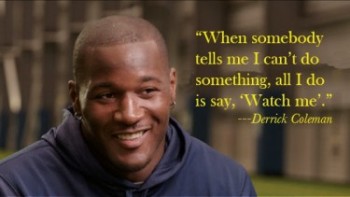 I’m rooting for the Seahawks in Sunday’s Super Bowl, and here’s why: they’re the only NFL team in the Super Bowl who signed a player with an obvious disability.
I’m rooting for the Seahawks in Sunday’s Super Bowl, and here’s why: they’re the only NFL team in the Super Bowl who signed a player with an obvious disability.






